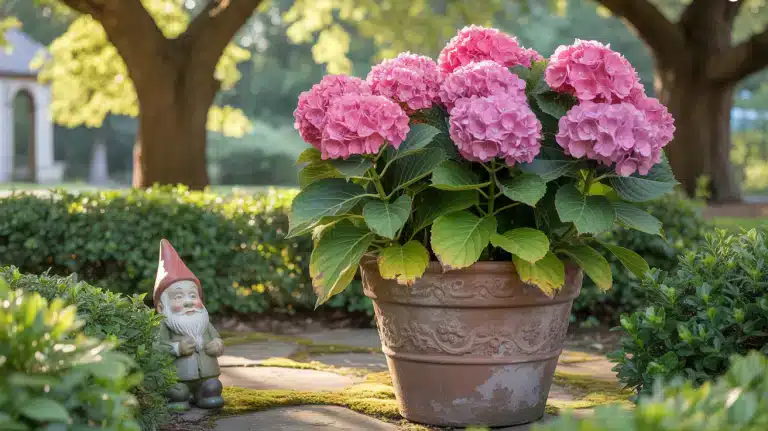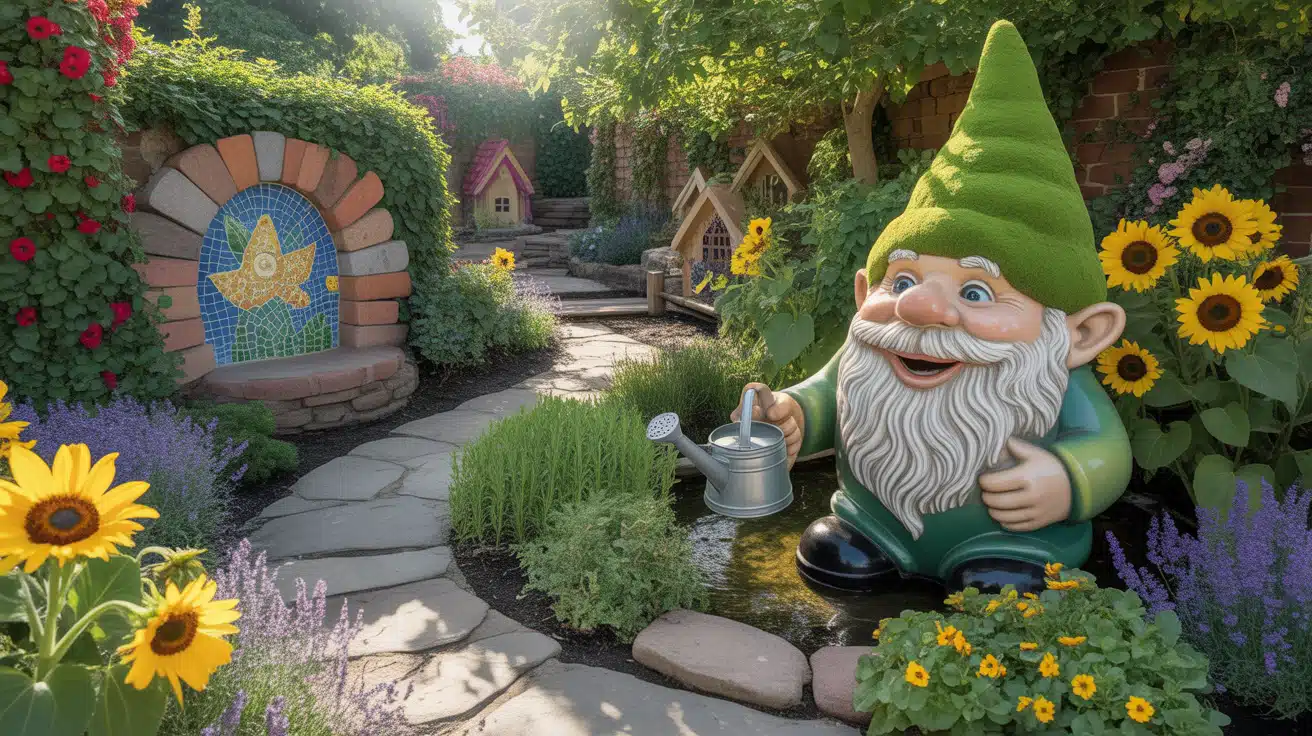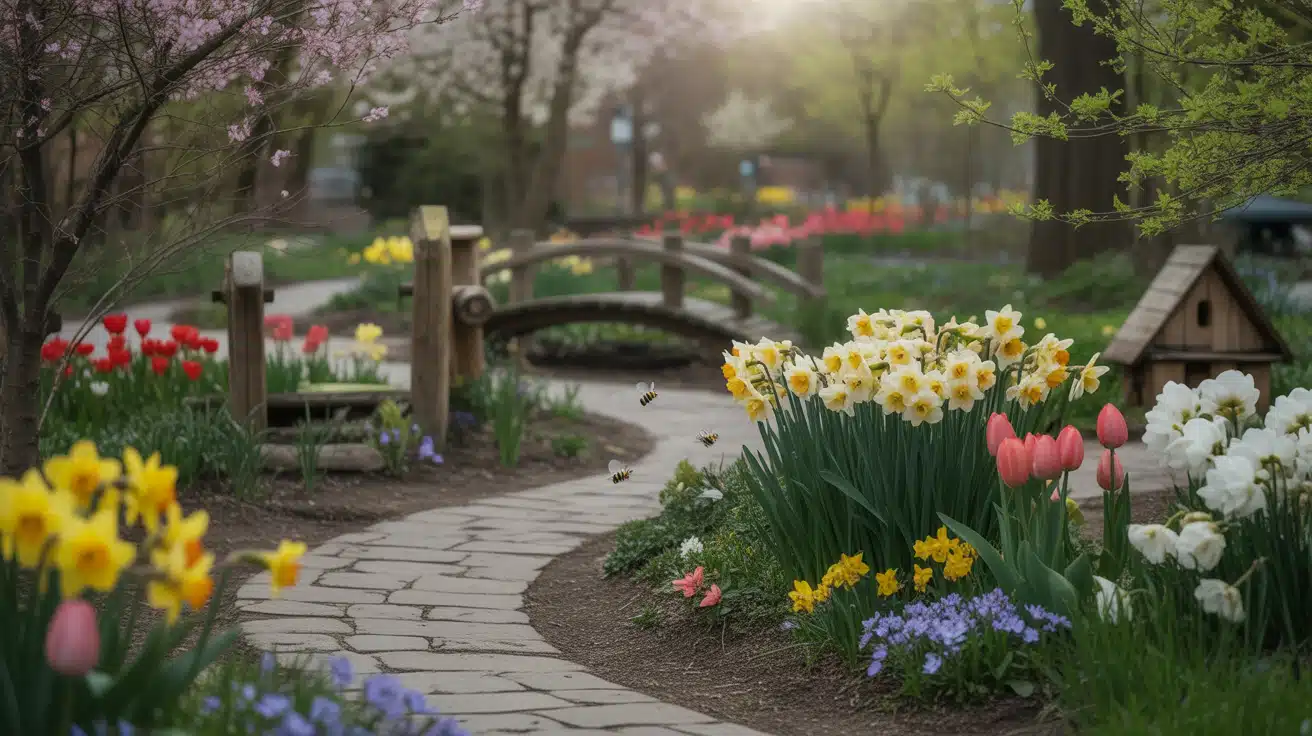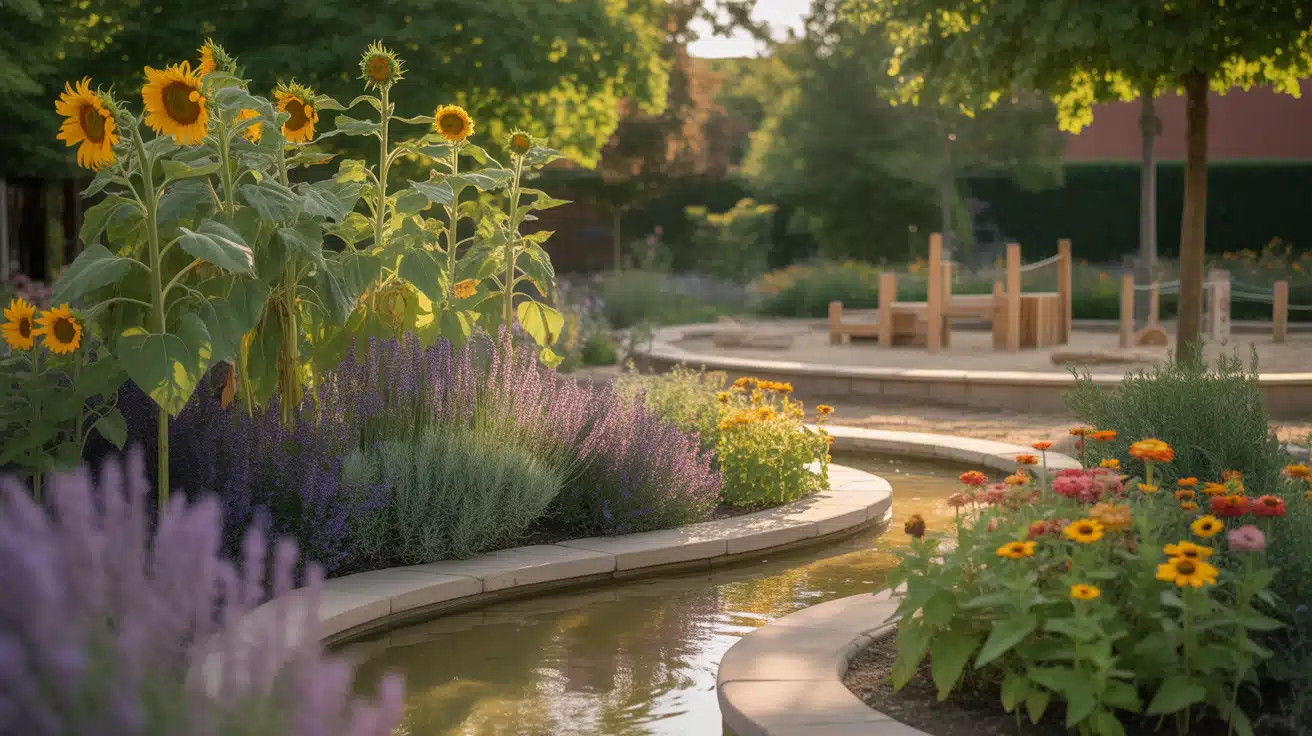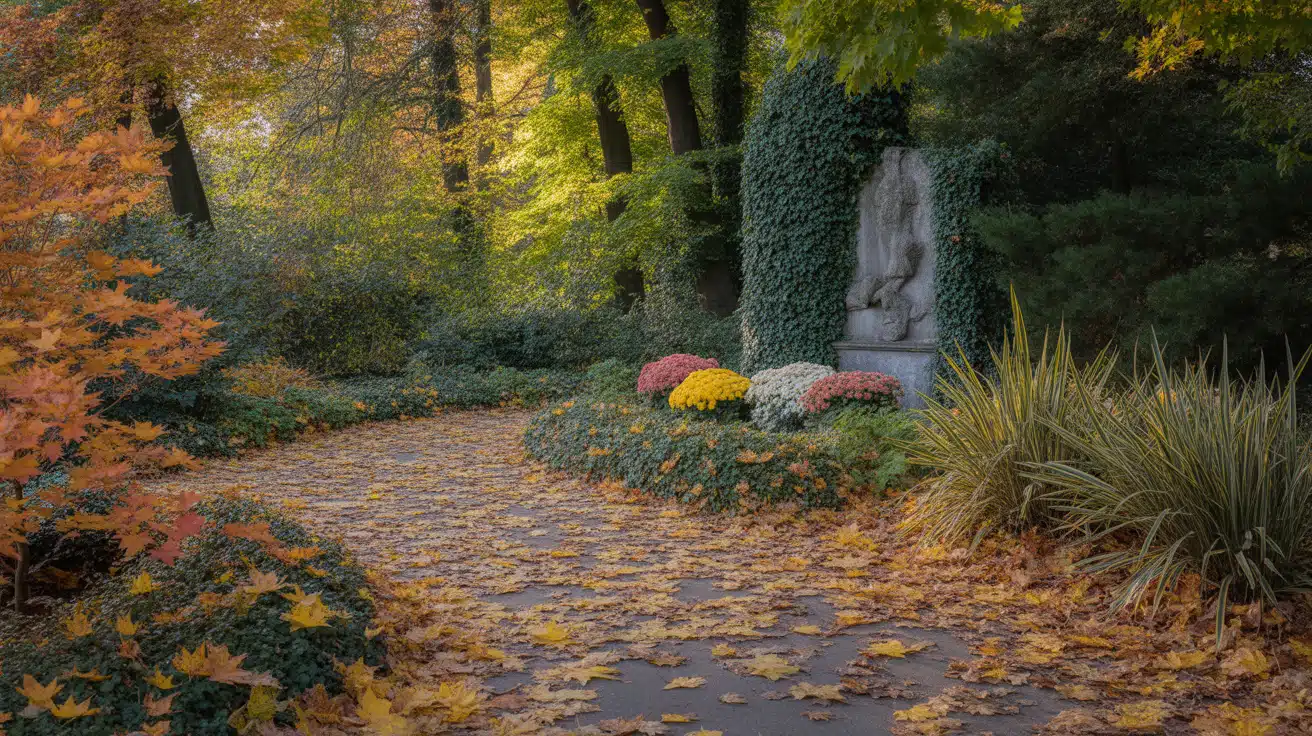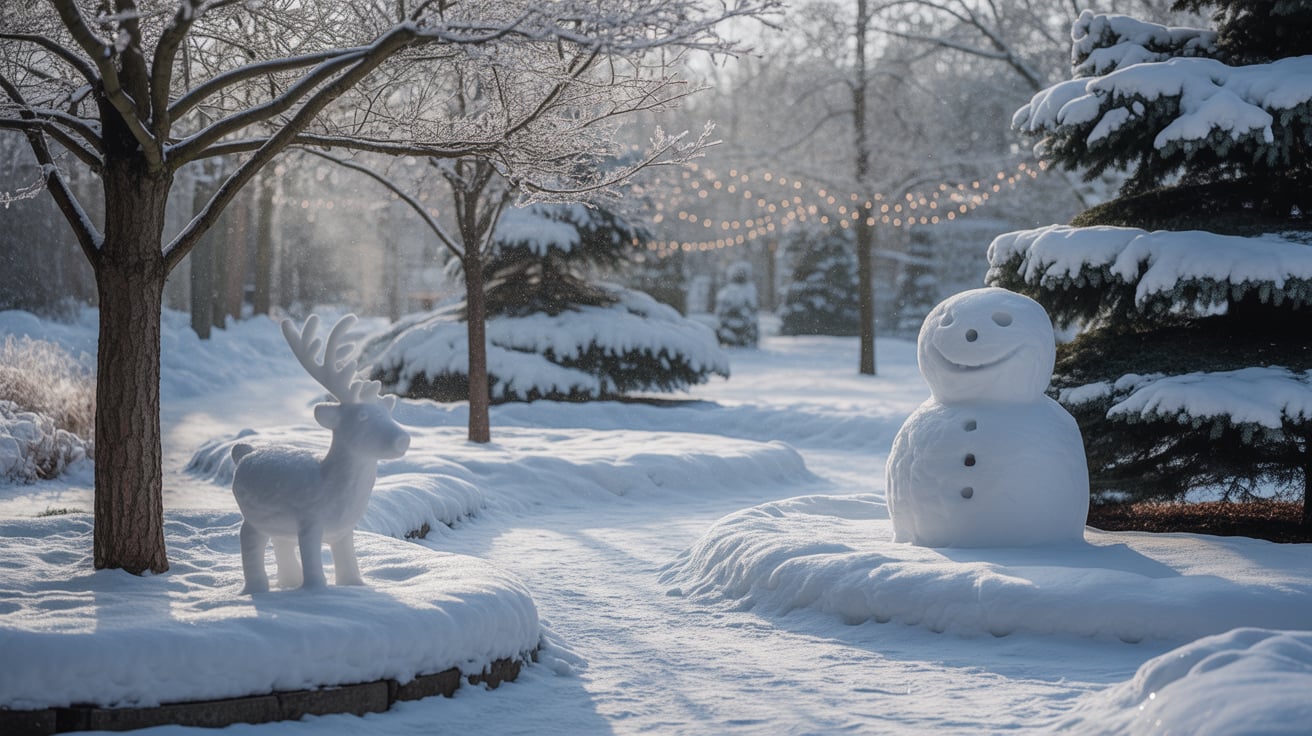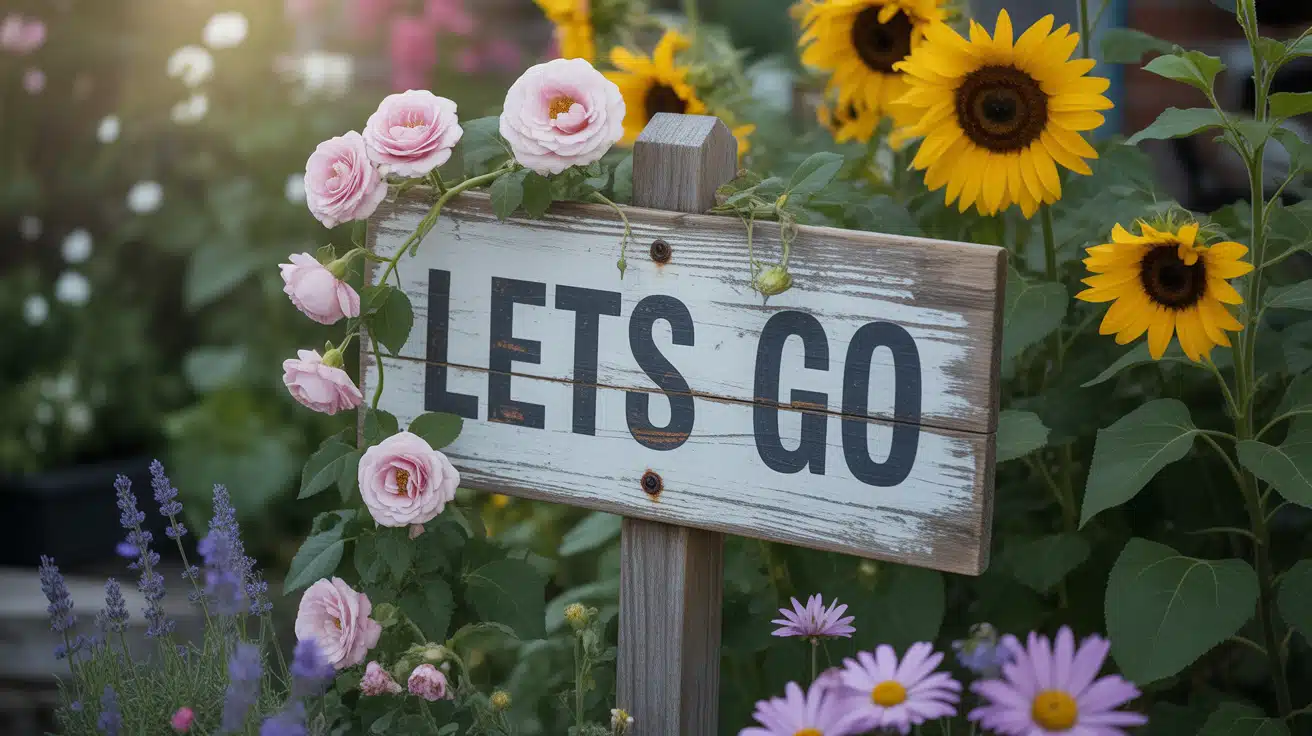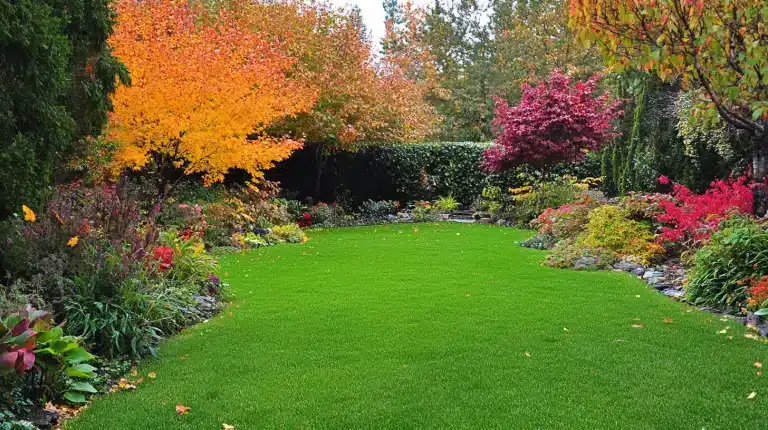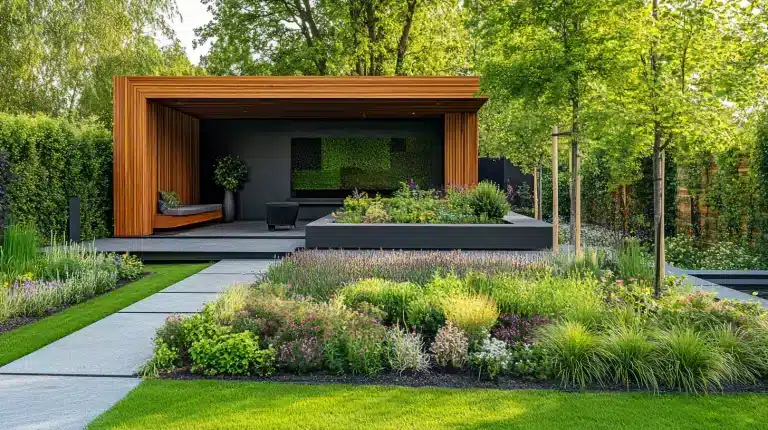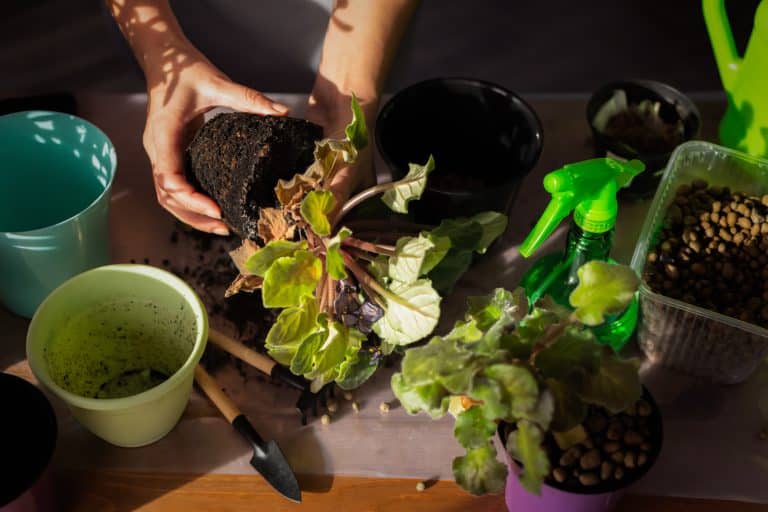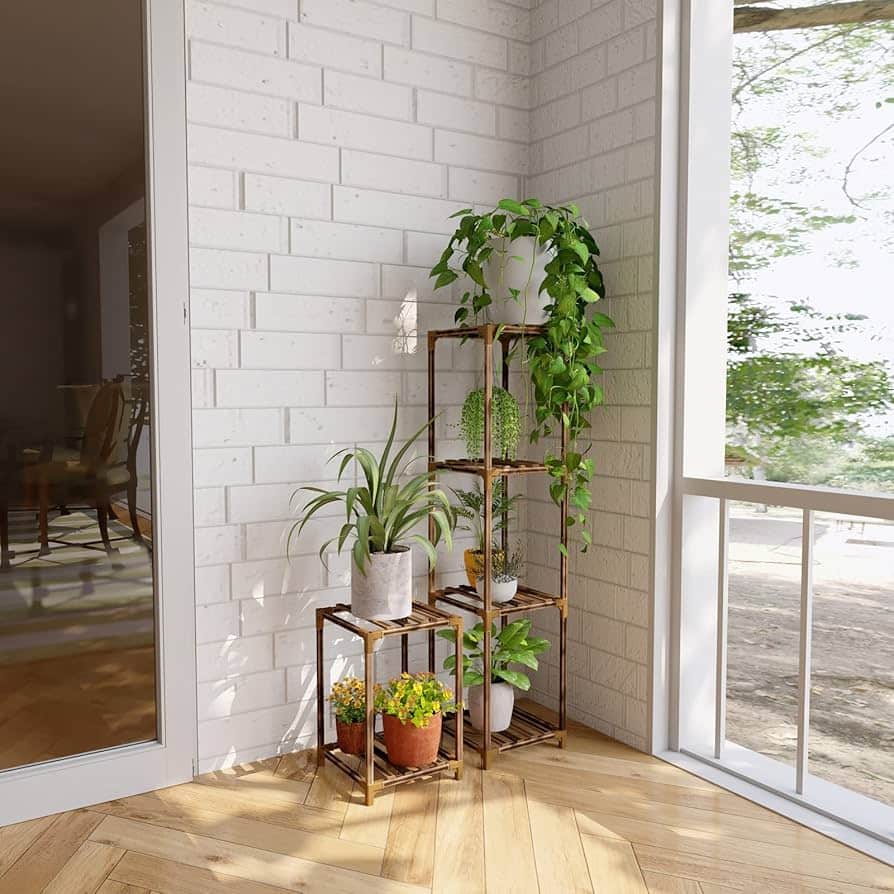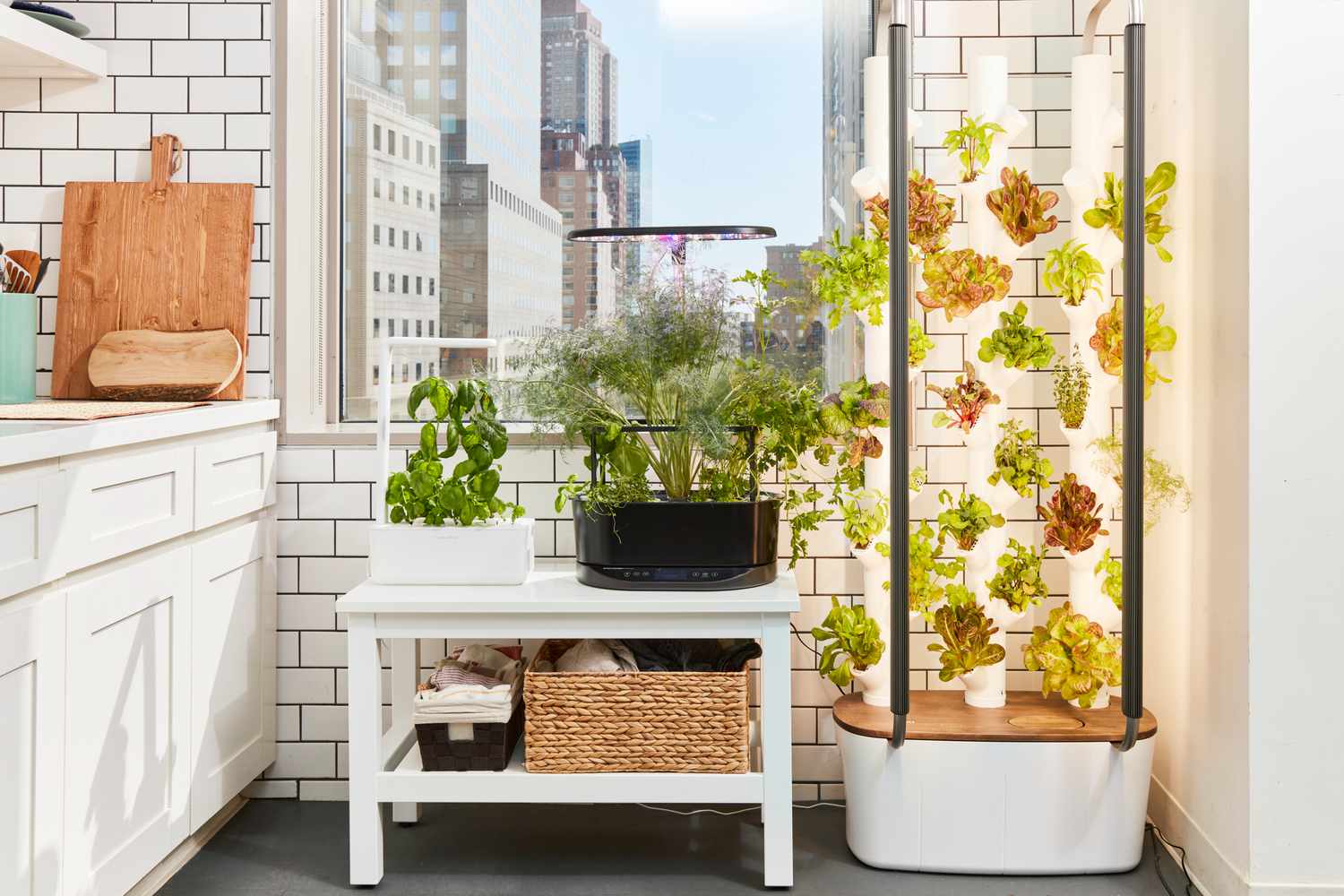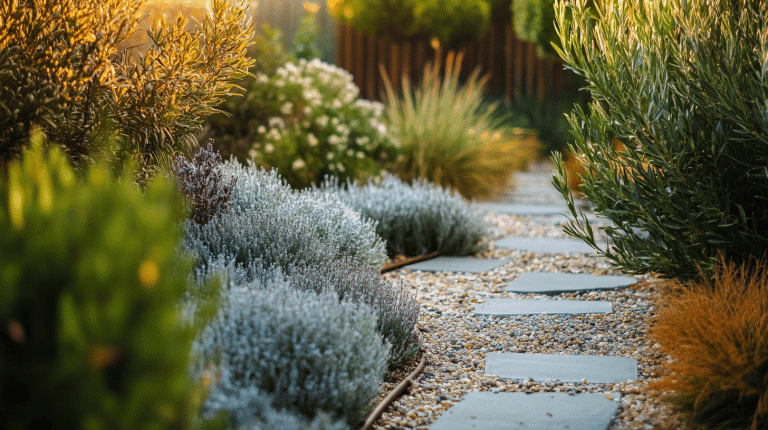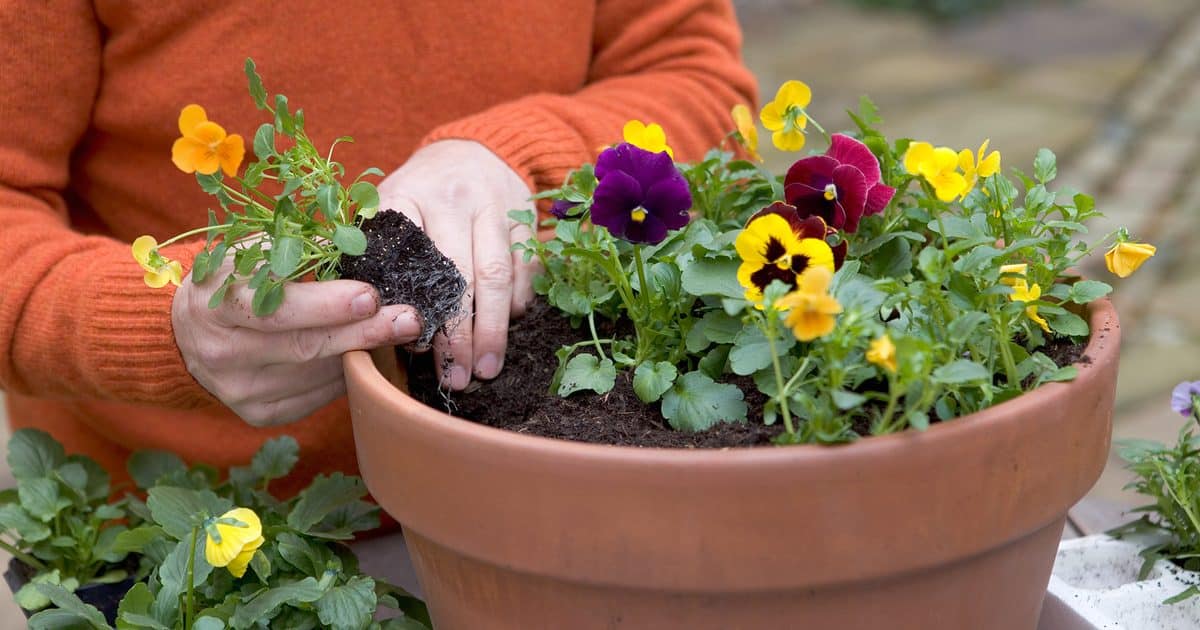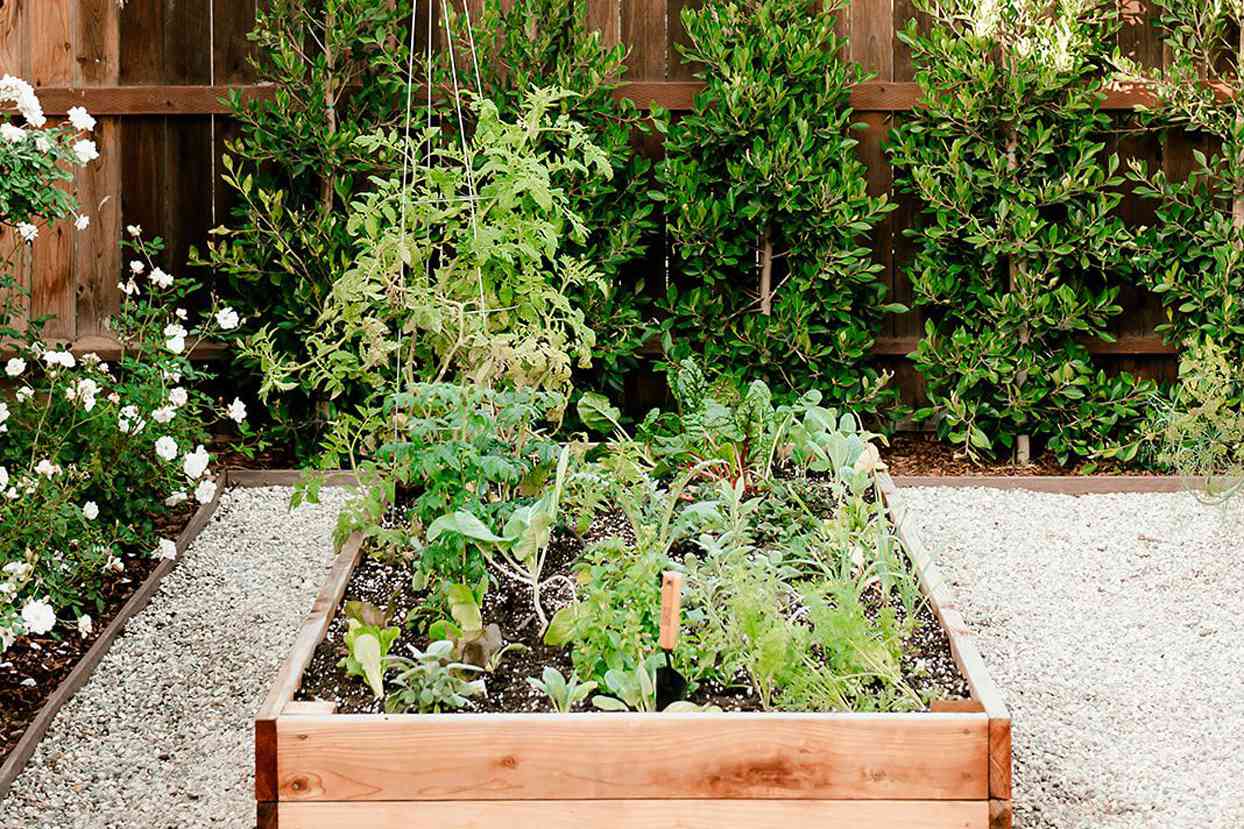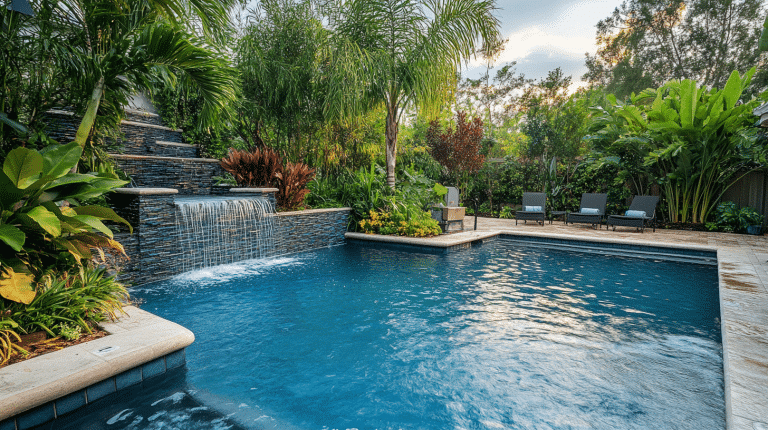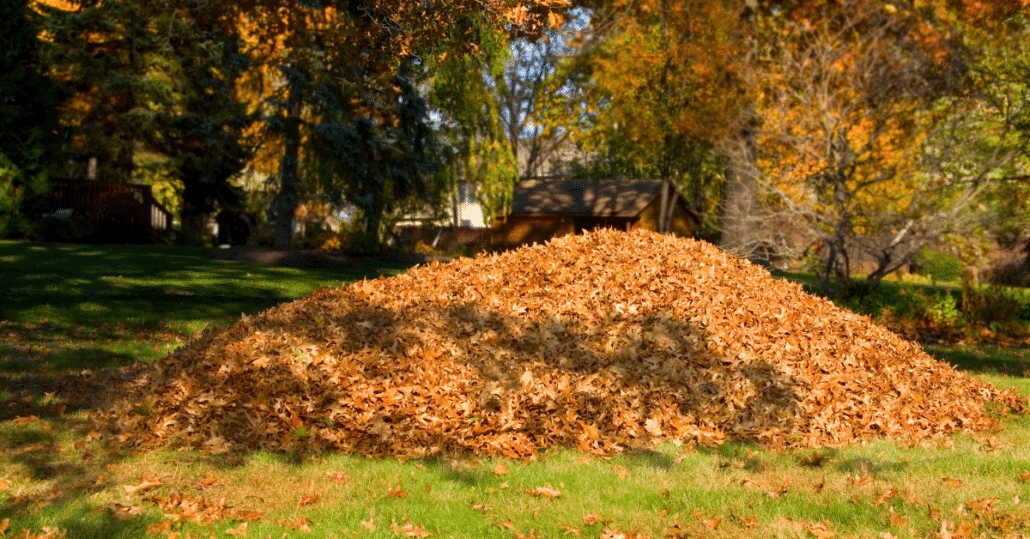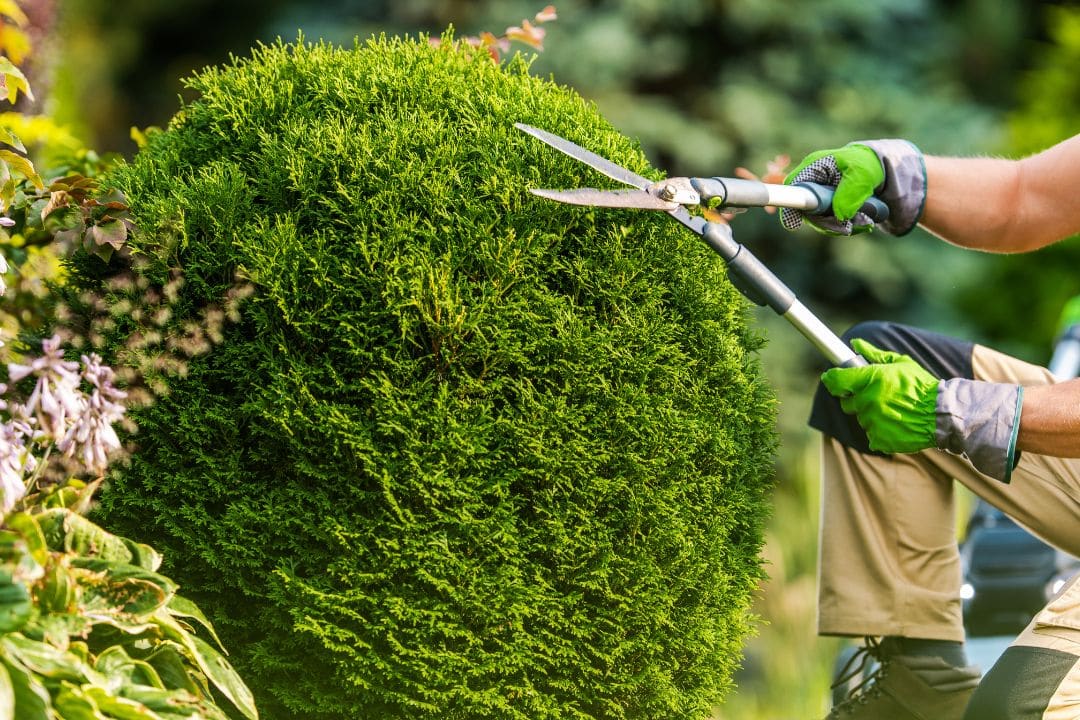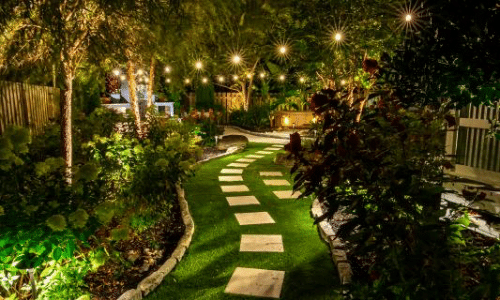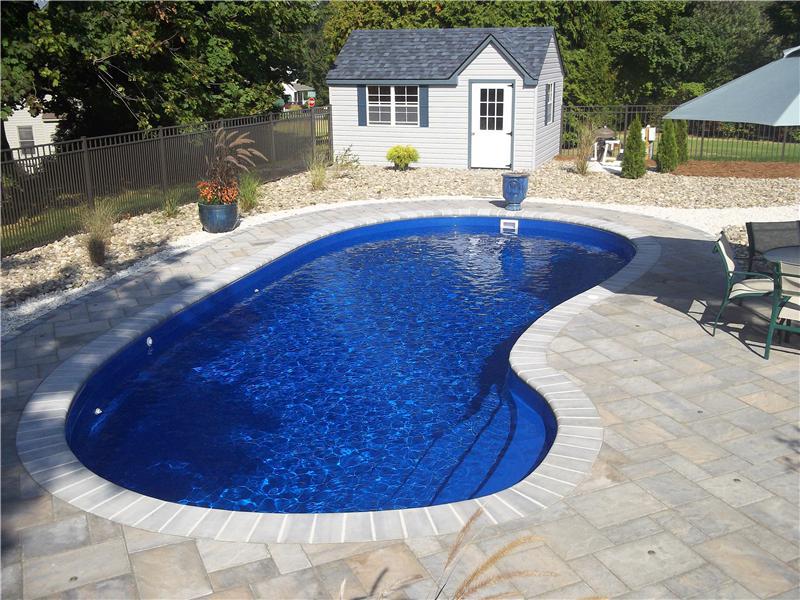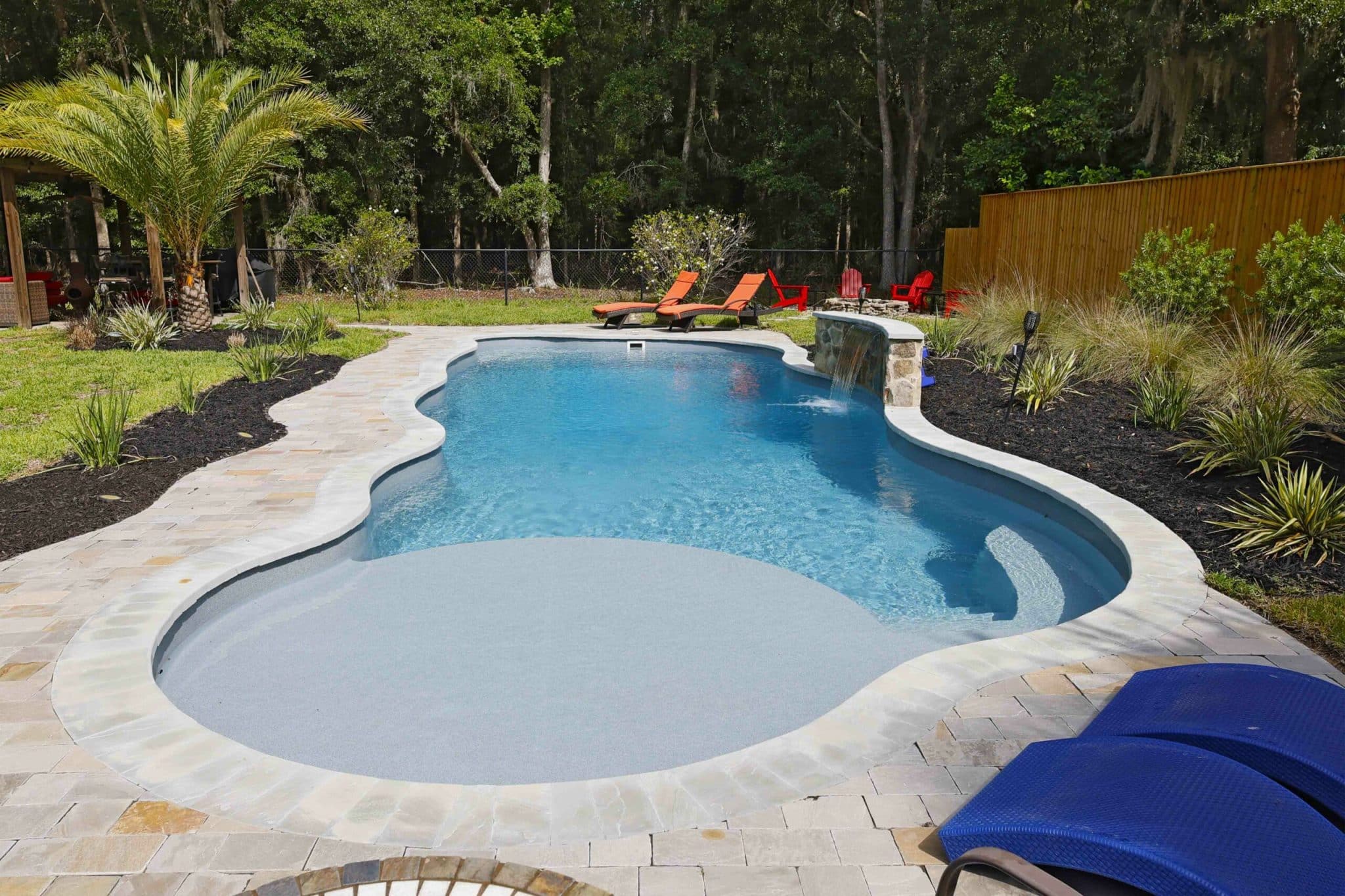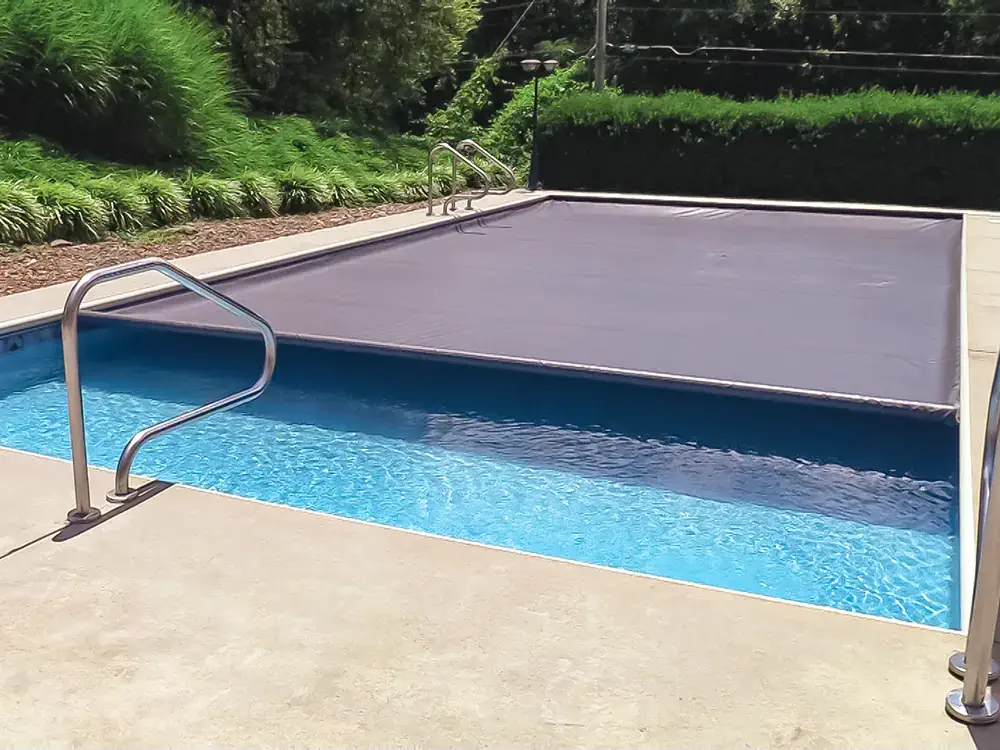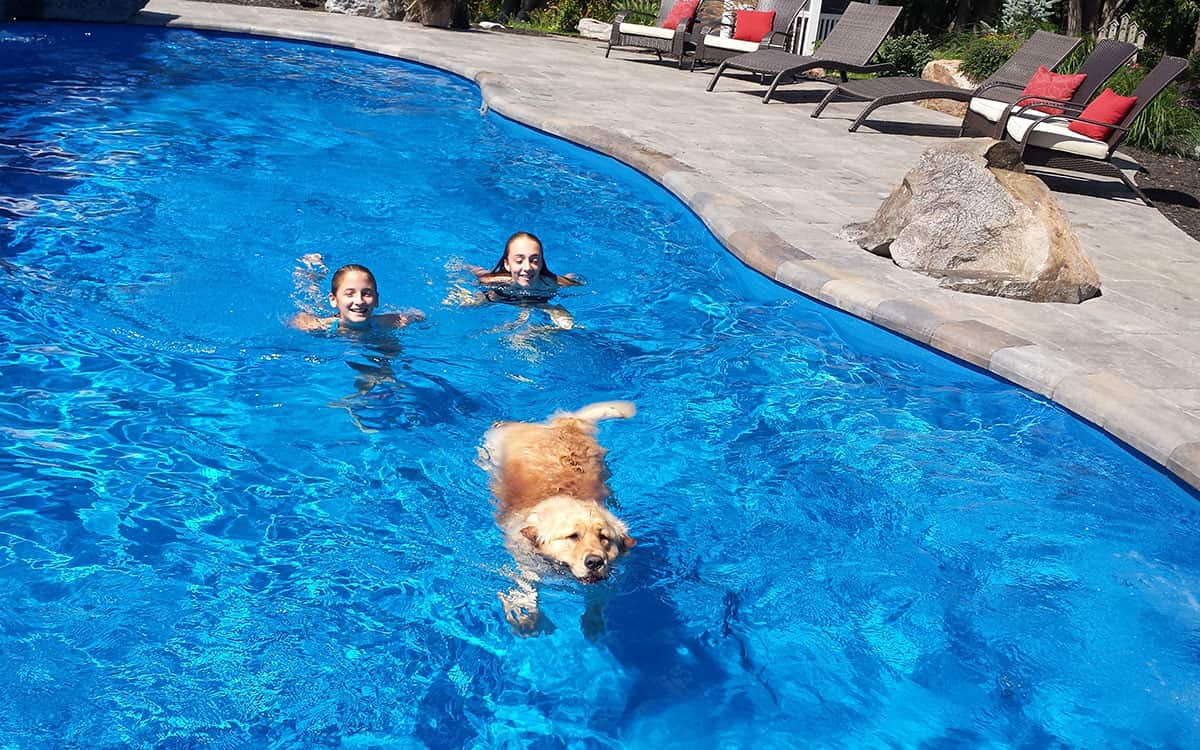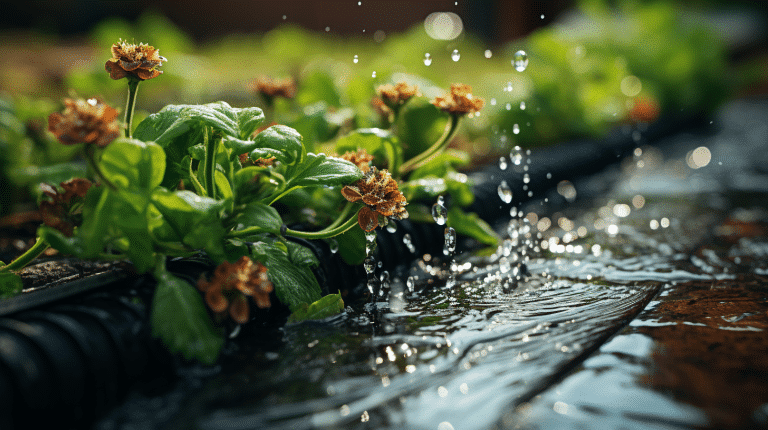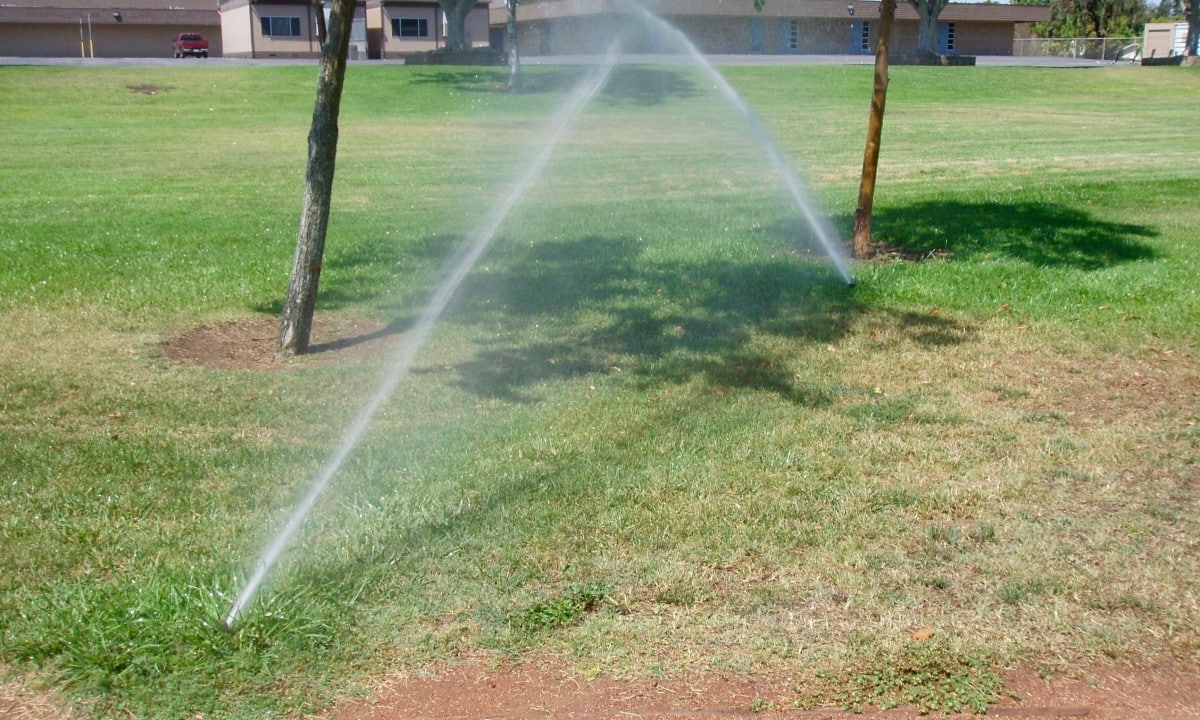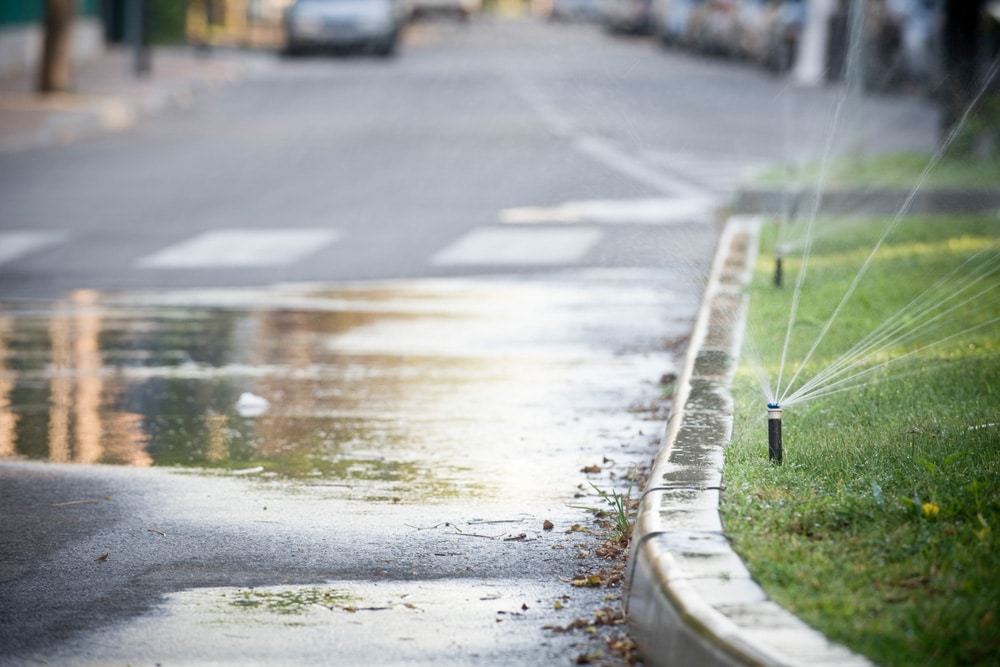Tucked away like a storybook secret, Margie’s Garden is more than just a patch of greenery; it’s a haven where creativity, nature, and family memories come to life.
Thoughtfully crafted with whimsy and warmth, this delightful space welcomes visitors of all ages to pause, breathe deeply, and enjoy the beauty of the natural world through playful interaction.
From peaceful strolls among blossoms to immersive moments for the young and inquisitive, Margie’s Garden offers an inviting retreat from the everyday.
Every visit feels like stepping into a living tale, where butterflies flit through native flowers and children are free to climb, interact, and dream.
What is Margie’s Garden?
Margie’s Garden isn’t just another green space; it’s a carefully crafted, storybook-like sanctuary where nature and imagination meet.
This one-of-a-kind children’s garden, nestled within the Boerner Botanical Gardens in Hales Corners, Wisconsin, was created with a heartfelt purpose: to connect children and families with the beauty of the natural world in a way that’s both playful and deeply meaningful.
The garden was inspired by Margie Schlueter, a beloved teacher, mother, and nature lover who believed in the importance of outdoor play, hands-on learning, and the quiet magic of being present in nature.
This is a garden where education meets enchantment, where storytelling is rooted in every corner, and where memories are made under open skies and shady trees.
Where Is Margie’s Garden Located and How to Get There?
If you’re looking for a place where children can play, learn, and explore nature all in one visit, Margie’s Garden is the perfect destination.
It’s located within the beautiful Boerner Botanical Gardens in Whitnall Park, just outside of Milwaukee, Wisconsin. The full address is:
Location- 9400 Boerner Drive, Hales Corners, WI 53130
How to Get There
Margie’s Garden is easily accessible by car and well-marked with signage once you’re in Whitnall Park. If you’re coming from Milwaukee or nearby suburbs:
From Downtown Milwaukee: Take I-43 South to Highway 100 (S. 108th Street). Head south to College Avenue, then turn west to enter Whitnall Park.
Once inside the park, follow signs for the Boerner Botanical Gardens.
You’ll find the garden steps away from the Education & Visitor Center.
Best Time to Visit
Margie’s Garden is open seasonally, typically from mid-April to late October, aligning with the growing season in Wisconsin. It’s best enjoyed during:
Late Spring (May–June): When blooms are vibrant and the weather is mild
Early Mornings or Late Afternoons: Cooler temperatures and fewer crowds
Weekdays: For a more peaceful, less busy experience
No matter when you visit, Margie’s Garden offers a joyful blend of nature, imagination, and outdoor fun, all just a short trip away.
Top Attractions at Margie’s Garden for Kids and Adults
Margie’s Garden is designed to be more than just a pretty place; it’s an immersive, interactive space where visitors of all ages can explore, play, and reconnect with the wonder of the natural world.
Whimsical Fairy-Tale Trails
The garden’s winding paths are like pages from a picture book. Meandering through colorful blooms and towering trees, these fairy-tale trails spark imagination with every step.
Along the way, children will discover hidden surprises, such as storybook signs, tiny fairy houses, and garden creatures tucked among the plants.
Nature Play Zones for Creative Exploration
Hands-on play is at the heart of Margie’s Garden. Designated nature play areas invite children to climb, balance, build, and explore using natural materials such as logs, stones, and sand.
These zones encourage free play and sensory discovery while strengthening physical coordination and curiosity.
Enchanting Sculptures and Artistic Touches
Whimsical sculptures are scattered throughout the garden, bringing charm and personality to the landscape.
From playful animal figures to interactive art pieces that kids can touch and move, every sculpture tells a story and invites visitors to become part of it.
Soothing Sensory Gardens
Designed with all senses in mind, the sensory gardens offer a calming space filled with fragrant flowers, textured plants, wind chimes, and trickling water features.
These areas are ideal for quiet reflection, particularly for children who benefit from a more peaceful and sensory-rich environment.
Room for Adults to Wander and Wonder
While kids explore, adults will appreciate the thoughtful design, botanical diversity, and beautifully landscaped rest areas.
Shaded benches, native plant beds, and pollinator zones make it easy to slow down and take in the serenity.
Seasonal Beauty: What to Expect at Margie’s Garden Throughout the Year
One of the most captivating aspects of Margie’s Garden is its transformation with the seasons, offering new sights, scents, and experiences with every visit.
Spring: A Fresh Start Full of Color and Life
As winter fades, Margie’s Garden bursts into bloom with a kaleidoscope of tulips, daffodils, and budding trees. Children can chase butterflies along the garden paths while parents enjoy the cheerful return of birdsong and fresh greenery.
Spring is also a popular time for school field trips and garden story walks, making it ideal for educational outings.
Summer: A Season of Play and Celebration
Summer in the garden is filled with warmth, laughter, and a wealth of activity. The play zones buzz with energy as kids cool off in splash features or dig in nature play areas.
Blooming perennials paint the landscape in vibrant hues, and the garden often hosts special events, such as family nights, nature workshops, and outdoor concerts under the setting sun.
Autumn: A Canvas of Gold and Crimson
When the leaves begin to turn, Margie’s Garden becomes a peaceful retreat wrapped in the golden tones of fall.
Crunchy paths, cozy corners, and the scent of late-season blooms invite slower, reflective visits. It’s a perfect season for photography, leaf-themed crafts, and gentle strolls with warm drinks in hand.
Winter: Quiet Beauty and Occasional Events
Though the garden sleeps in winter, it doesn’t lose its charm. Snow-dusted sculptures, bare-branched trees, and evergreen accents create a peaceful, storybook feel.
On select days, winter-themed programs or holiday strolls provide visitors with a reason to return, even in the colder months, reminding families that nature’s beauty is present all year round.
Plan Your Visit: Hours and Admission
Before you pack your sunscreen and snacks, here’s everything you need to know to make the most of your trip to Margie’s Garden.
From seasonal hours to family-friendly amenities, the garden is designed to offer a smooth, enjoyable experience for every visitor.
Hours of Operation
Margie’s Garden follows the seasonal schedule of the Boerner Botanical Gardens, which is typically open from late April to October.
Daily hours are usually from 8:00 AM to 6:00 PM, though times may vary depending on special events or weather conditions. It’s always a good idea to check the official website before your visit for the most current information.
Admission Fees
Admission to Margie’s Garden is included with entry to Boerner Botanical Gardens. As of the latest update:
-
Adults: $7
-
Seniors (60+): $5
-
Children (6–17): $5
-
Children 5 and under: Free
-
Milwaukee County residents may qualify for discounts with a valid ID.
Group rates and annual membership options are also available for families who plan to visit frequently.
Accessibility
The garden is wheelchair and stroller-accessible, featuring wide, paved paths, gentle inclines, and shaded resting spots throughout.
Restrooms with changing stations and accessible entrances are available nearby, ensuring that families of all abilities feel welcome and comfortable.
On-Site Amenities
Visitors can enjoy:
-
Free parking near the entrance
-
Picnic areas within Whitnall Park
-
A gift shop and visitor center with helpful staff
-
Seasonal food and drink vendors (on select days/events)
Be sure to wear comfy walking shoes, bring water, and bring your camera; there are countless photo-worthy spots throughout the garden.
Conclusion
In a world that moves too fast, Margie’s Garden offers a gentle reminder to slow down, look around, and reconnect with nature, with family, and with the simple joys of being present.
This peaceful space blends storytelling, sensory play, and the beauty of native plants into an experience that feels both grounding and magical.
As you watch your child chase butterflies, listen to the rustle of leaves, or breathe in the scent of blooming flowers, every visit offers something new to experience.
So gather your family, pack a picnic, and plan a day surrounded by nature’s wonder. Laugh, explore, and create lasting memories in a garden that truly lets your imagination bloom.
Start your story at Margie’s Garden today.

